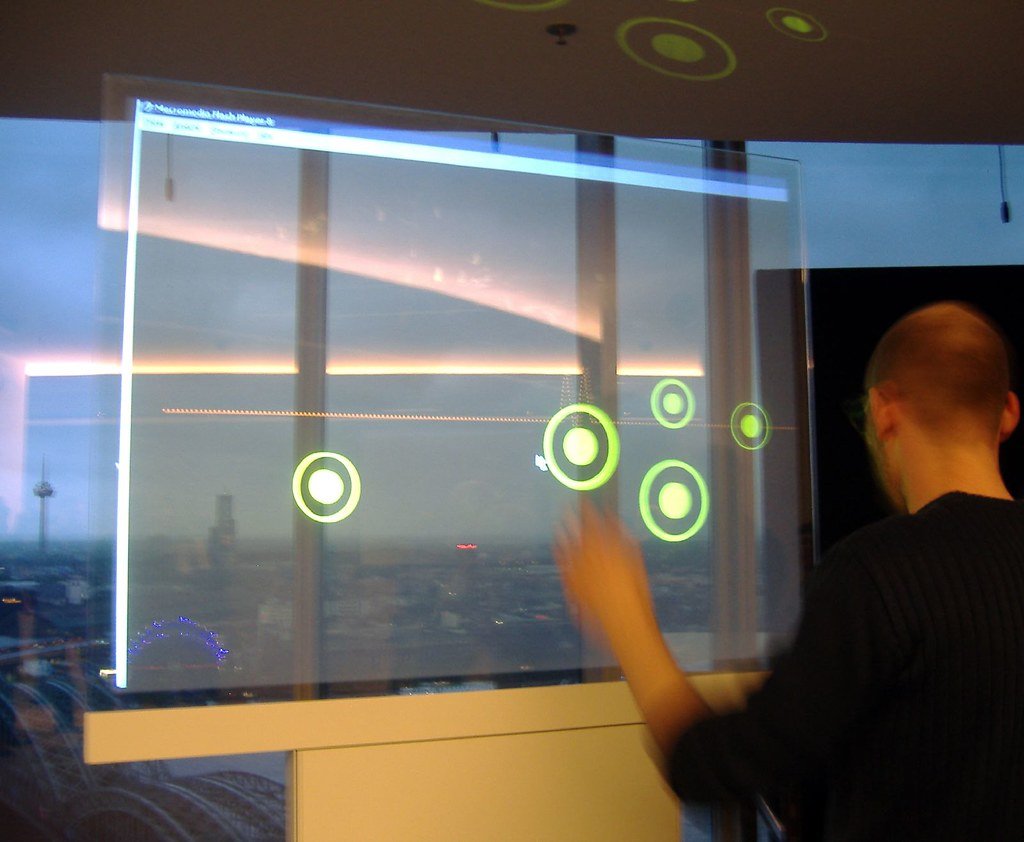A transparent display system refers to a display technology that enables viewers to see objects behind the display while still being able to view digital content overlaid on those objects. Unlike traditional opaque displays, which obstruct the view of objects behind them, transparent display systems allow light to pass through, creating a see-through effect.
Here are some key aspects and features of transparent display systems:
- Transparency: The defining characteristic of transparent display systems is their ability to maintain transparency while displaying digital content. This transparency is achieved through the use of specialized materials and technologies that allow light to pass through the display.
- Display Technologies: Transparent display systems can utilize various display technologies, including LCD (Liquid Crystal Display), OLED (Organic Light-Emitting Diode), LED (Light-Emitting Diode), and projection-based systems. Each technology offers unique advantages and capabilities for creating transparent displays.
- Optical Properties: Transparent display systems rely on optical properties such as transparency, contrast, brightness, and viewing angle to ensure that digital content is visible while maintaining transparency. These properties are optimized to provide a clear and immersive viewing experience.
- Applications: Transparent display systems find applications in a variety of industries and settings, including retail, advertising, museums, transportation, architecture, and entertainment. They can be used for interactive kiosks, product showcases, informational displays, augmented reality experiences, and architectural installations.
- Integration: Transparent display systems can be integrated into various physical environments and structures, including windows, glass panels, retail fixtures, and architectural elements. They can be customized to fit specific dimensions and design requirements.
- Content Management: Transparent display systems often include content management capabilities that allow users to create, schedule, and manage digital content remotely. This may involve the use of content management software and media players to deliver dynamic and interactive experiences.
- Energy Efficiency: Energy efficiency is an important consideration for transparent display systems, particularly for installations that require continuous operation. Efficient display technologies, power management systems, and LED backlighting are used to minimize power consumption.
Transparent display systems offer a unique combination of aesthetics, functionality, and interactivity, making them well-suited for modern display and signage applications. As technology continues to advance, transparent display systems are expected to become more widespread and accessible across various industries and environments.

